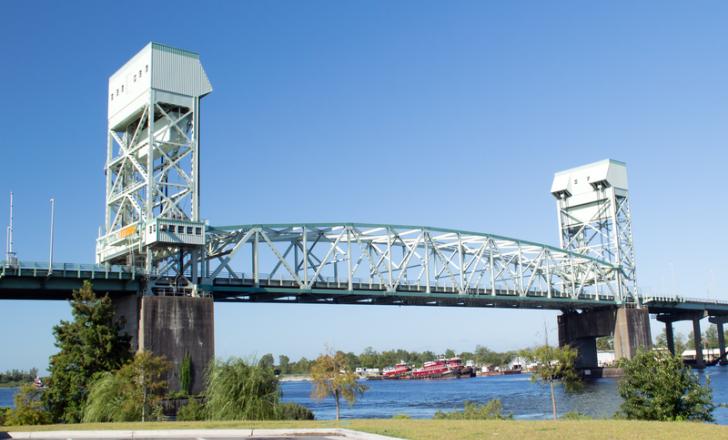
Nearly 221,800 bridges in the US need major repairs or replacement. This is the finding of analysis of the latest federal government data by the American Road & Transportation Builders Association (ARTBA).
"Over the last five years we have seen significant progress in states like Oklahoma, Pennsylvania, Mississippi, Louisiana, and West Virginia - reducing the number of bridges in poor condition," said Dr Alison Premo Black, ARTBA’s chief economist, who conducted the analysis. "While improvements can take time, every bridge repair increases the safety and efficiency of our network for the traveling public."
So far 23 states have committed at least half of their available bridge formula funds, with the top 10 being: Georgia (100%), North Dakota (99%), Indiana (98%), Florida (96%), Oklahoma (95%), Nebraska (91.5%), Idaho (91.5%), Arkansas (88%), West Virginia (85%) and Alabama (85%).
Those now off the “poor condition” list include the I-695 bridge over US 40 in Md, the I-93 bridge over Conley Street in Mass, the I-680 bridge over Capitol Avenue in CA and the I-55 bridge over Madison Street in Ill. Those newly rated in poor condition include the I-90 bridge over Canal to Stewart Streets, Ill, the I-680 bridge over Monument Boulevard in CA, the I-93 bridge over Mystic Valley Parkway, Mass and the I-95 North and Southbound bridges over Thurbers Avenue in RI. Based on average cost data submitted by states to the U.S. Department of Transportation, ARTBA estimates it would cost over $400 billion to make all needed repairs to the 221,800 structures.
The data in the report is from the Federal Highway Administration’s National Bridge Inventory (NBI). Specific conditions on bridges may have changed because of recent work or updated inspections. Bridges are classified in good, fair, or poor condition based on their inspection ratings and definitions from US DOT.
The definition of “poor” is when a key element of the bridge—the deck, superstructure, substructure, or culverts, are rated in poor or worse condition. During inspection, the conditions of a variety of bridge elements are rated on a scale of 0 (failed condition) to 9 (excellent condition). A rating of 4 is considered “poor” condition.





